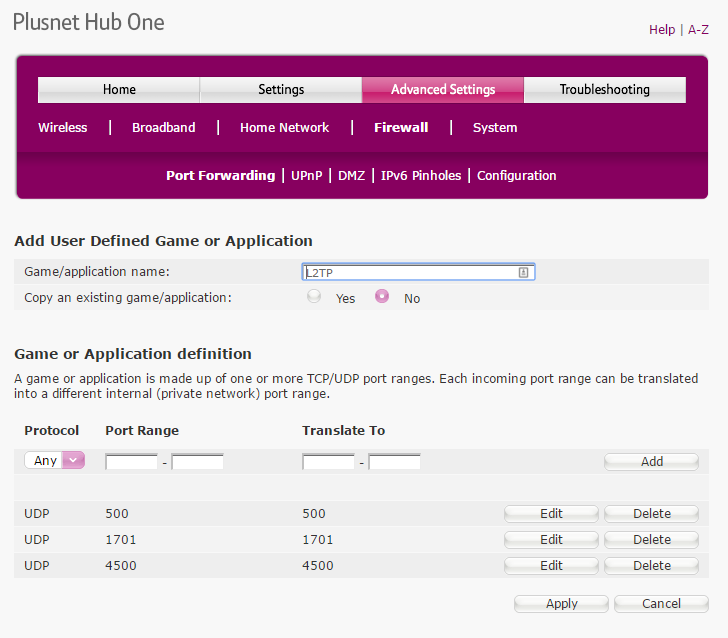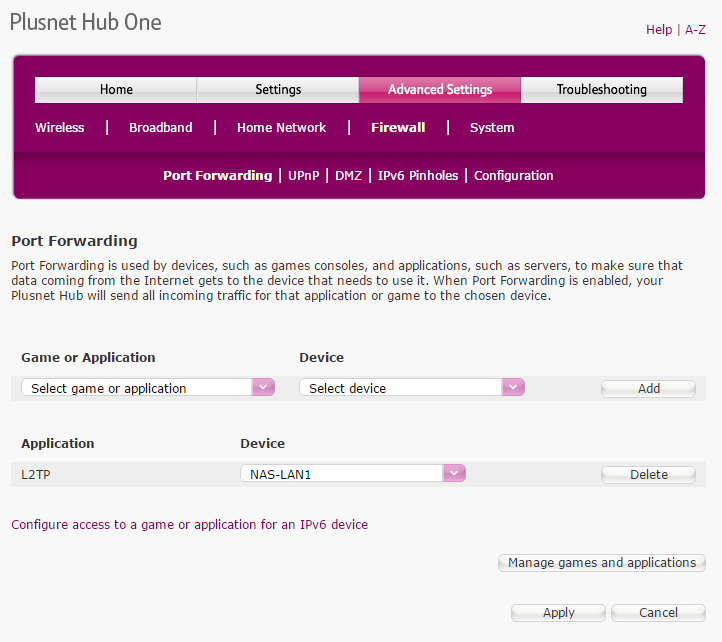Another collection of “not-quite-whole-blog-posts”…
File transfer time calculations
There are many bandwidth/file transfer time calculators out there on the ‘net but I found this one particularly easy to work with when trying to assess the likely time to sync some data recently…
Internet breakout from IaaS
Anyone thinking of using an Azure IaaS environment for Internet breakout (actually not such a bad idea if you have no on-site presence, though be ready to pay for egress data) just be aware that because the IP address is in Holland (or Ireland, or wherever) location-aware websites will present themselves accordingly.
One of my customers was recently caught out when Google defaulted to Dutch after they moved their client Internet traffic over to Azure in the West Europe region… just one to remember to flag up in design discussions.
Creating a VPN with a Synology NAS
I’ve been getting increasingly worried about the data I have on a plethora of USB hard disks of varying capacities and wanted to put it in one place, then sync/archive as appropriate to the cloud. To try and overcome this, I bought a NAS (and there are only really two vendors to consider – QNAP or Synology). The nice thing is that my Synology DS916+ NAS can also operate many of the network services I currently run on my Raspberry Pi and a few I’ve never got around to setting up – like a VPN endpoint for access to my home network.
So, last night, I finally set up a VPN, following Scott Hanselman’s (@shanselman) article on Setting up a VPN and Remote Desktop back into your home. Scott’s article includes client advice for iPhone and Windows 8.1 (which also worked for me on Windows 10) and the whole process only took a few minutes.
The only point where I needed to differ from Scott’s article was the router configuration (the article is based on a Linksys router and I have a PlusNet Hub One, which I believe is a rebadged BT Home Hub). L2TP is not a pre-defined application to allow access, so I needed to create a new application (I called it L2TP) with UDP ports 500, 1701 and 4500 before I could allow access to my NAS on these ports.

